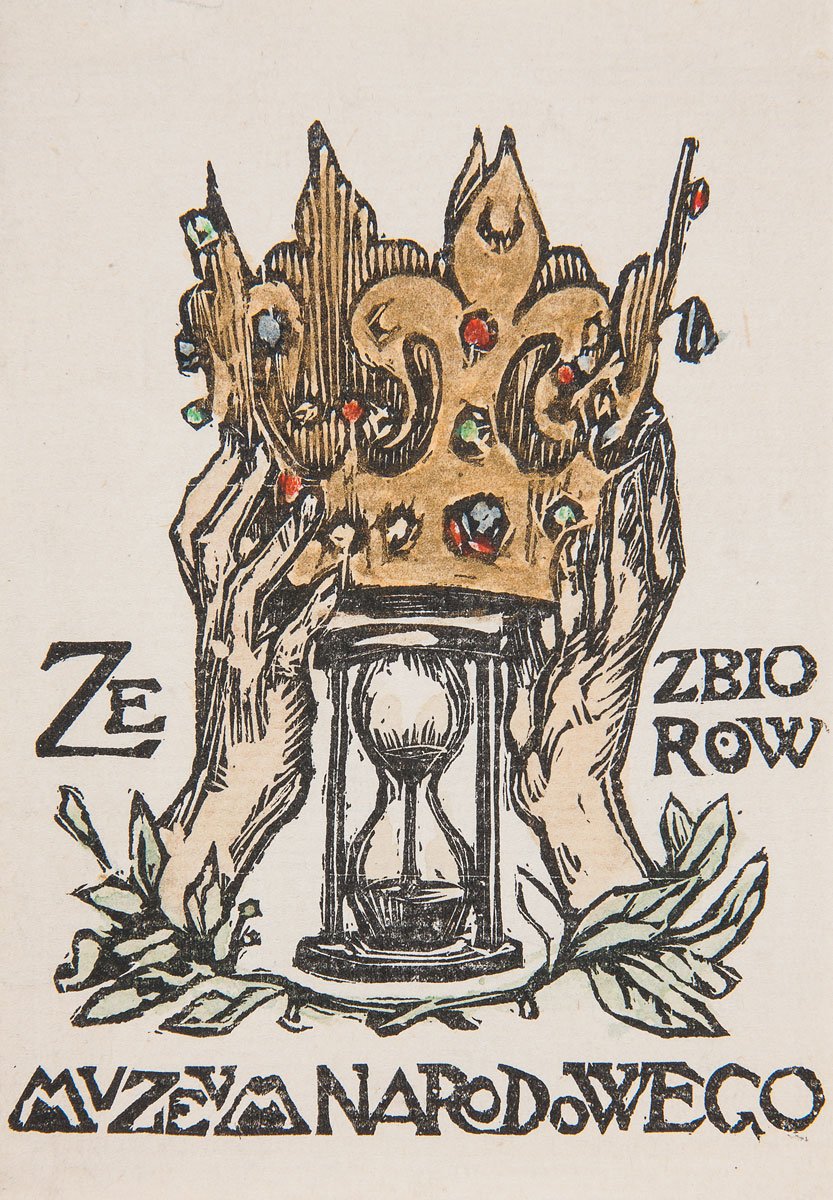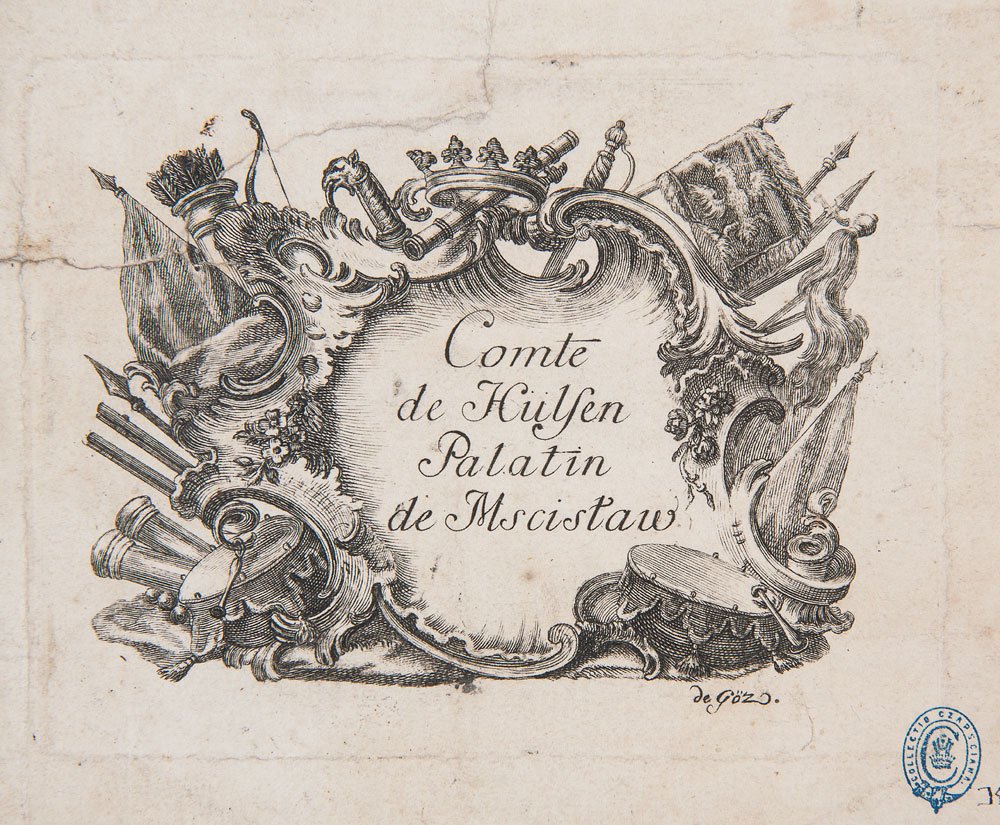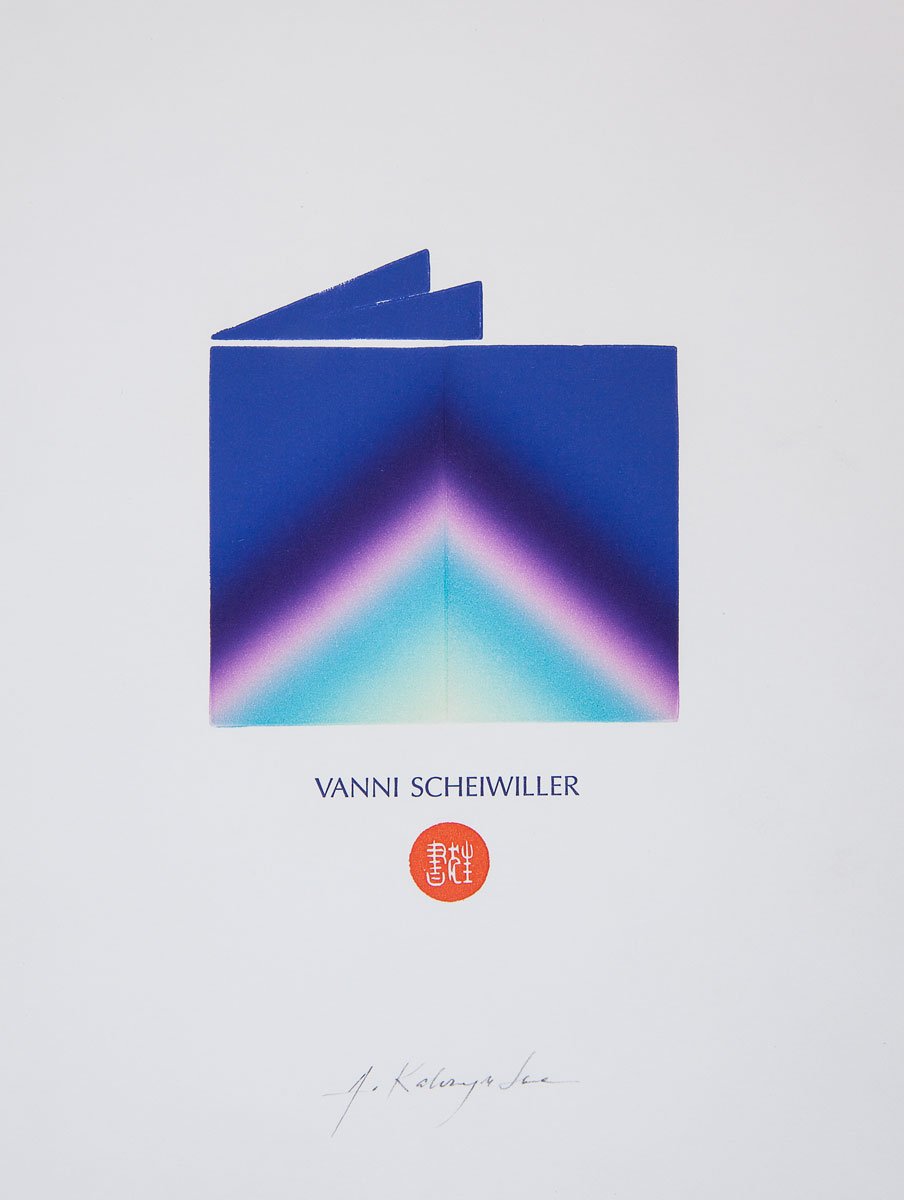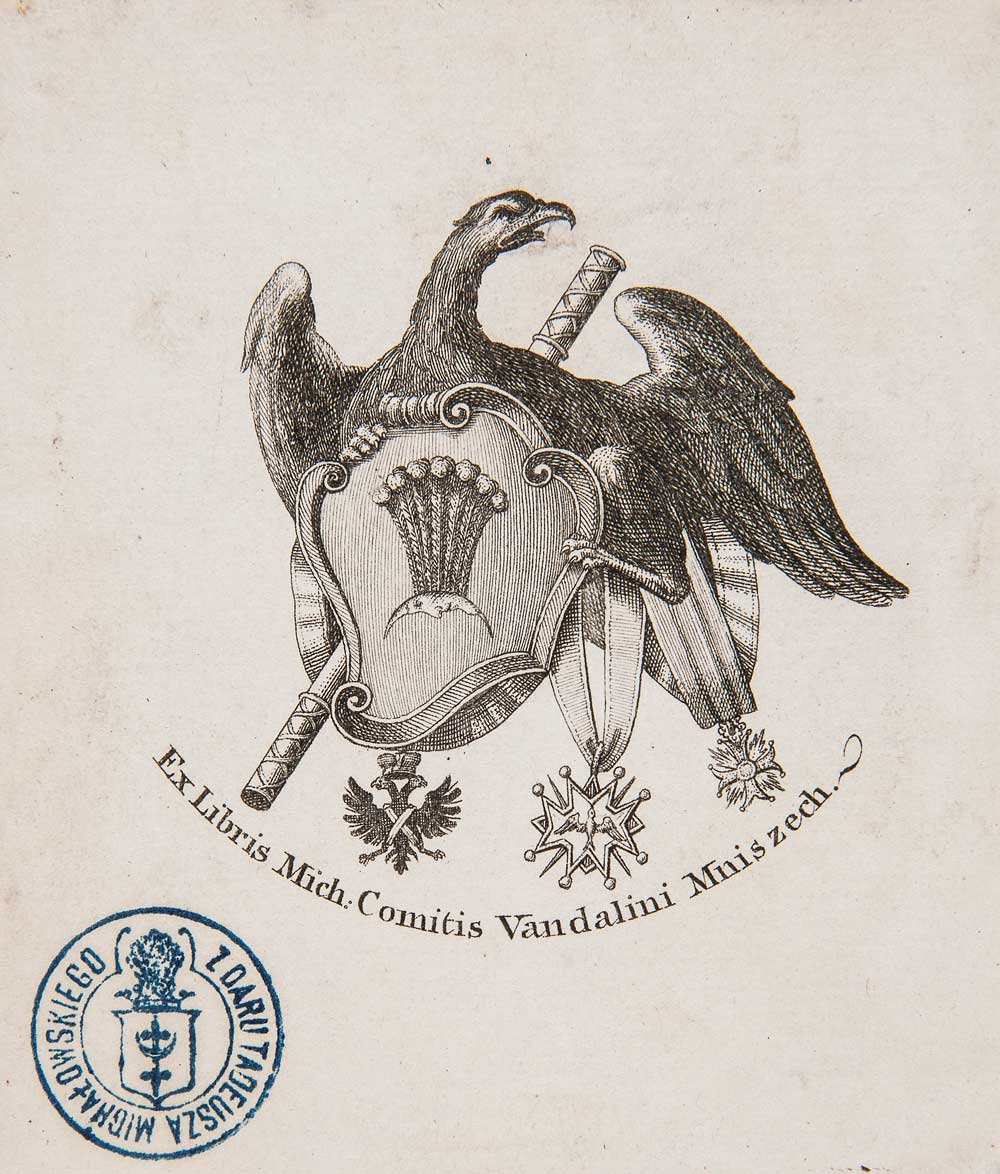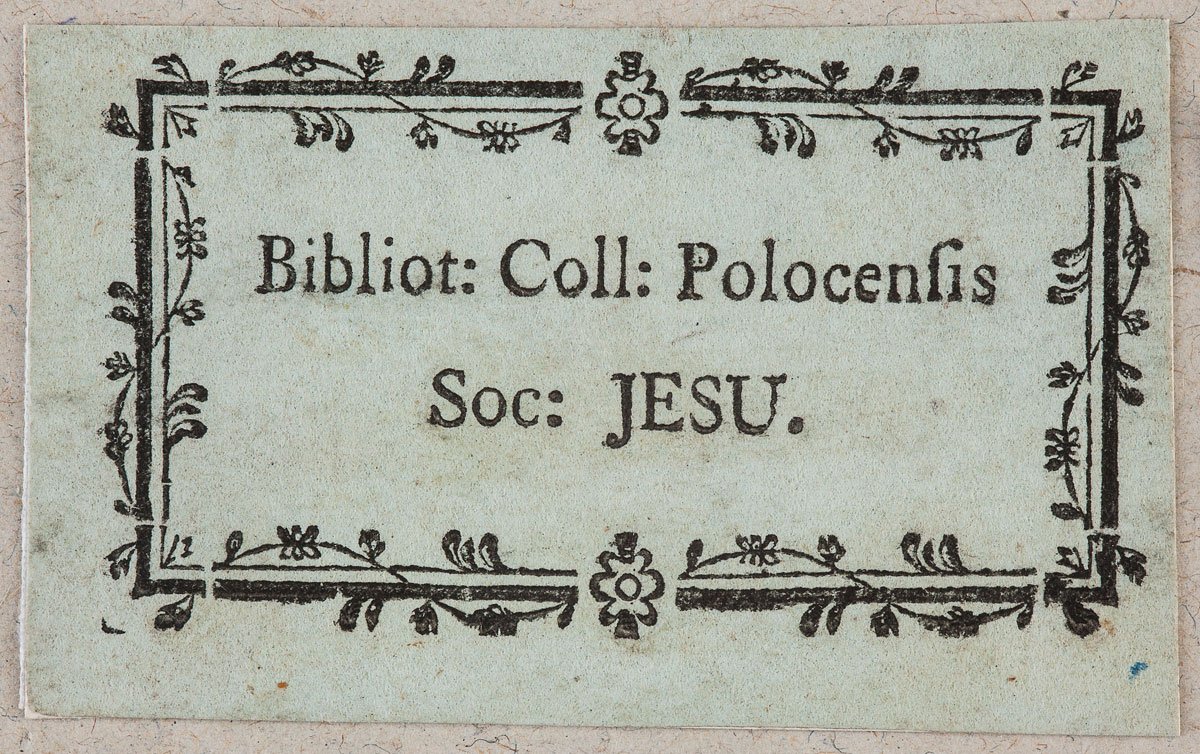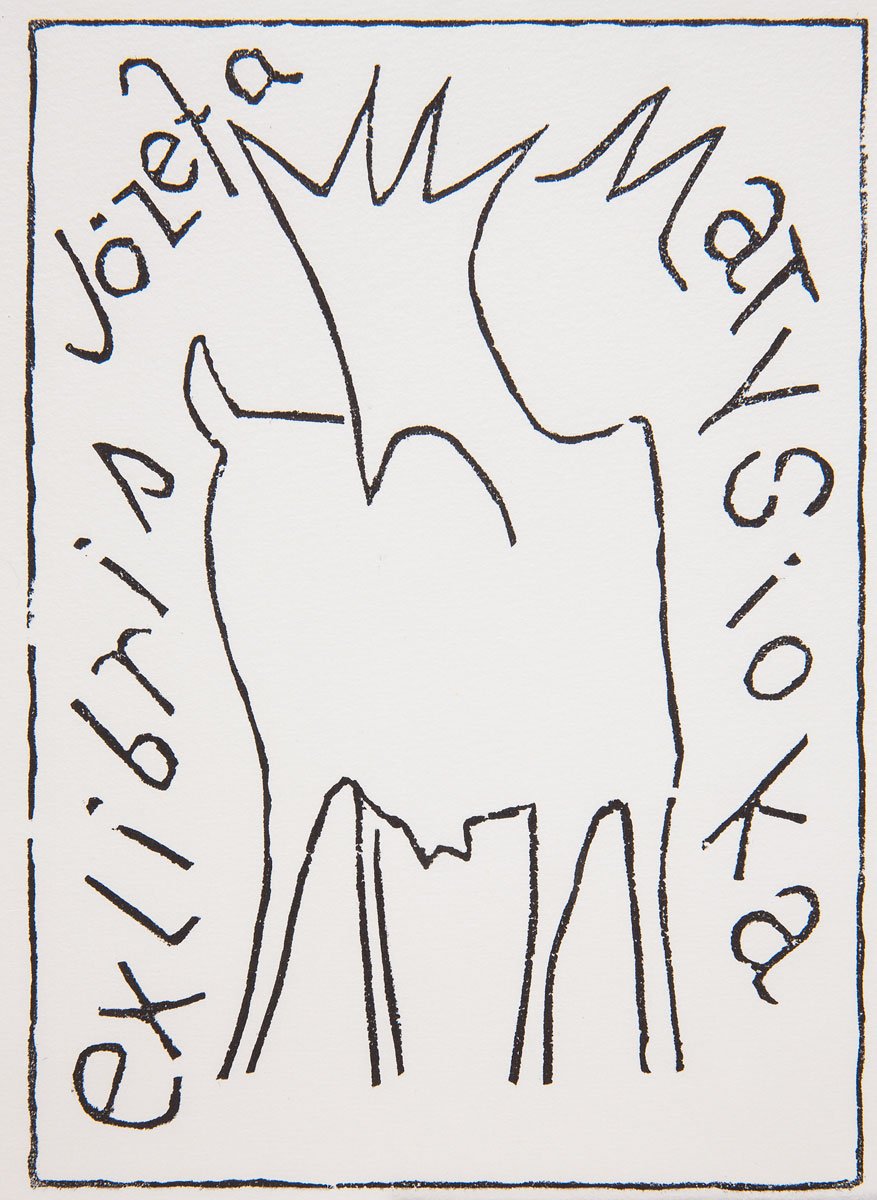The Polish Bookplate. Between the Coat of Arms and the Image
02.03-03.04.2016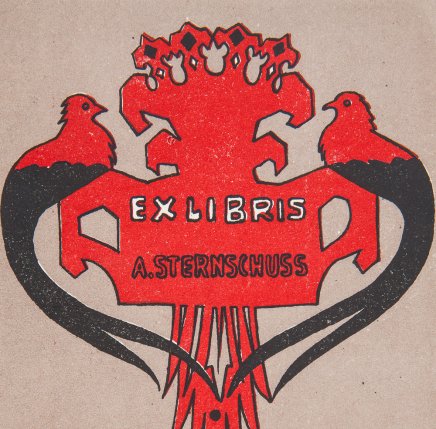
An exhibition titled 'The Polish Bookplate. Between the Coat of Arms and the Image organized on the Occasion of the 500th Anniversary of the Polish Bookplate'. The display will constitute part of an academic session titled 'The Position of Book in History of Art'.
The theme of this year’s edition is ‘The State and the Church’. The subject is perfectly illustrated through the person and activity of Maciej Drzewicki, Chancellor of the Crown and Primate. It was for him that 500 years ago, in 1516, the first ex libris was designed in order to mark and adorn the Polish library collection.
The exhibition is not aimed at a presentation of the history of the ex libris, but it attempts to demonstrate certain fundamental phenomena and principles in this genre of art occurring over the last half a millennium.
Apart from two of Drzewicki’s earliest exhibits on loan from the Jagiellonian Library, the antique ex libris designs on display at the National Museum in Krakow will be represented by prints decorating the entail, private and monastic libraries mainly from the 18th century.
Works by Kajetan Wincenty Kielisiński constitute an important chapter in the development of the Polish ex libris. These prints, created after 1836, were not intended to be pasted into a book, but to enrich collections. By treating bookplates as works of art, Kielisiński was ahead of his time.
The most common way of determining the ownership of books in the 19th century were ink stamps. They functioned in reading rooms, rental facilities and libraries – both public and private, religious and secular. Stamps were used by artisans, officials, scientists and writers, landowners and aristocrats, even bibliophiles. A selection of these items – chosen on the basis of the persons of their exceptionally prominent owners – will also be presented at the exhibition.
The display features a few dozen of Young Poland bookplates. Art Nouveau was the first style which tried to include the applied arts; and bookplates, which were inscribed in the 'beautiful book' trend, became part of the entire artistic process of editing and printing. The creators of ex libris designs – frequently the most prominent Polish artists – began to pay attention to the harmonious proportions between the blank and printed surface, the size and thickness of fonts, their style corresponding with the illustrative aspect, and the logical, optically balanced construction of designs. The exhibition will feature works by Józef Mehoffer, Kazimierz Sichulski, Jan Bukowski, Stanisław Dębicki, Edward Okuń.
The development of the ex libris in the second half of the 20th century went two different ways. The first, traditional direction is illustrated at the exhibition by examples of applied graphics. Within the other trend – assuming liberation from the limitations of applied graphics – ex libris becomes a small printing form dedicated to persons, institutions, or events, and created somewhat in isolation from the commission. At times, it was even separated from the particular person of the collector. These include bookplates by Józef Gielniak, Jerzy Panek and Alina Kalczyńska – artists connected through work and friendship, whose designs will be on display at the Krakow exhibition.
MNK The Main Building
al. 3 Maja 1- Monday: closed
- Tuesday - Sunday: 10.00-18.00


